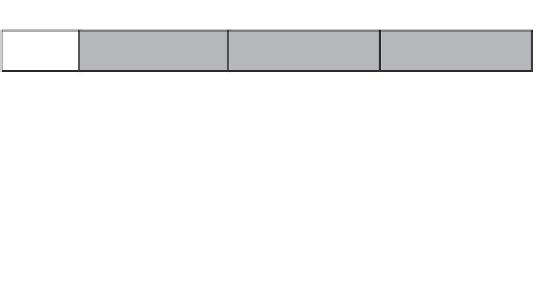Graphics Programs Reference
In-Depth Information
also exist on this layer. ICMP packets are used for messaging and diagnostics.
IP is less reliable than the post office—there's no guarantee that an IP packet
will actually reach its final destination. If there's a problem, an ICMP packet
is sent back to notify the sender of the problem.
ICMP is also commonly used to test for connectivity. ICMP Echo Request
and Echo Reply messages are used by a utility called ping. If one host wants
to test whether it can route traffic to another host, it pings the remote host by
sending an ICMP Echo Request. Upon receipt of the ICMP Echo Request, the
remote host sends back an ICMP Echo Reply. These messages can be used
to determine the connection latency between the two hosts. However, it is
important to remember that ICMP and IP are both connectionless; all this
protocol layer really cares about is getting the packet to its destination address.
Sometimes a network link will have a limitation on packet size, disallowing
the transfer of large packets. IP can deal with this situation by fragmenting
packets, as shown here.
Large IP packet
Header
Data
Data continued
More data
Packet fragments
Header
Data
Header
Data continued
Header
More data
The packet is broken up into smaller packet fragments that can pass
through the network link, IP headers are put on each fragment, and they're
sent off. Each fragment has a different fragment offset value, which is stored
in the header. When the destination receives these fragments, the offset
values are used to reassemble the original IP packet.
Provisions such as fragmentation aid in the delivery of IP packets, but
this does nothing to maintain connections or ensure delivery. This is the job
of the protocols at the transport layer.
0x433
Transport Layer
The transport layer can be thought of as the first line of office receptionists,
picking up the mail from the network layer. If a customer wants to return a
defective piece of merchandise, they send a message requesting a Return
Material Authorization (RMA) number. Then the receptionist would follow
the return protocol by asking for a receipt and eventually issuing an RMA
number so the customer can mail the product in. The post office is only
concerned with sending these messages (and packages) back and forth, not
with what's in them.





